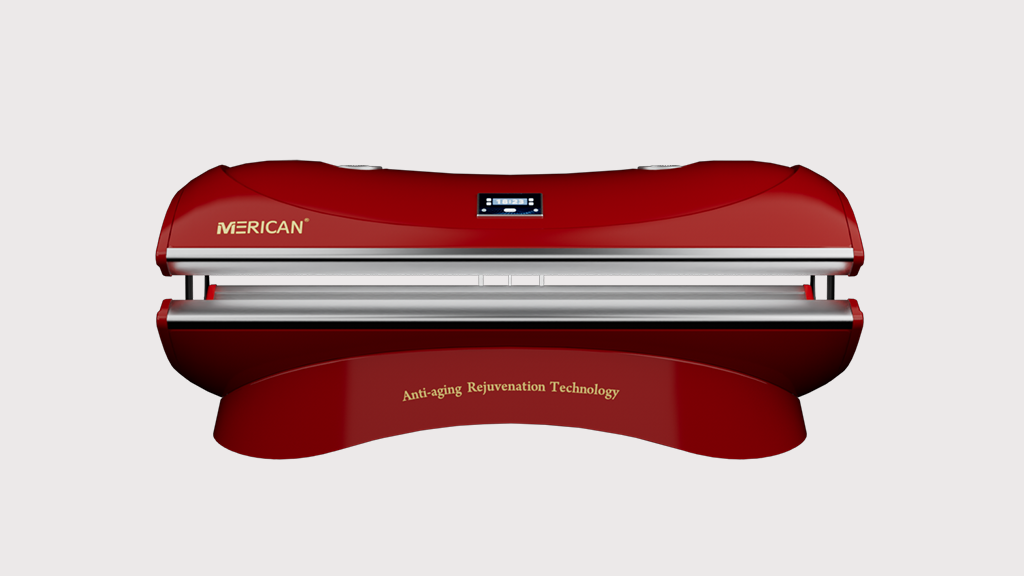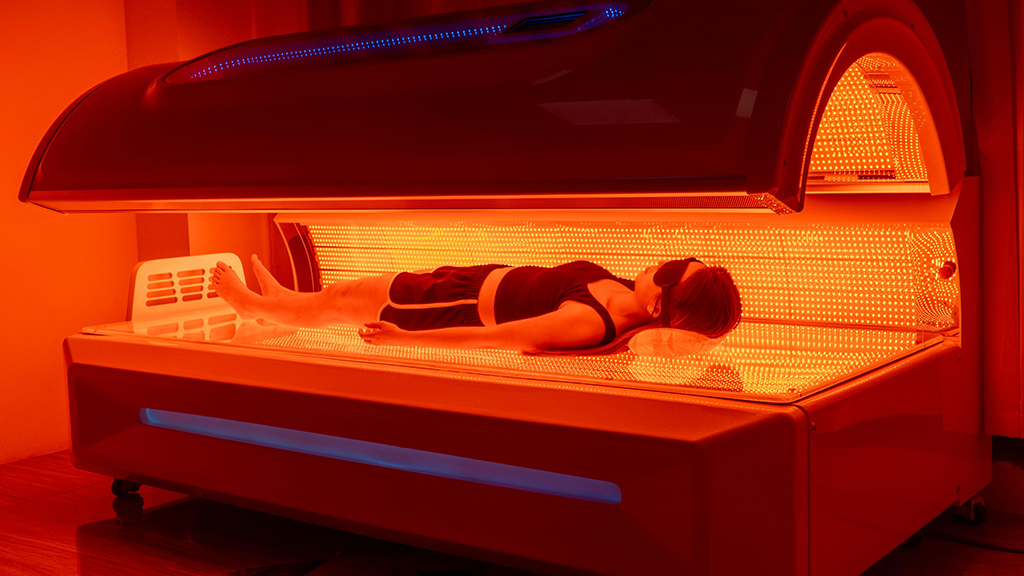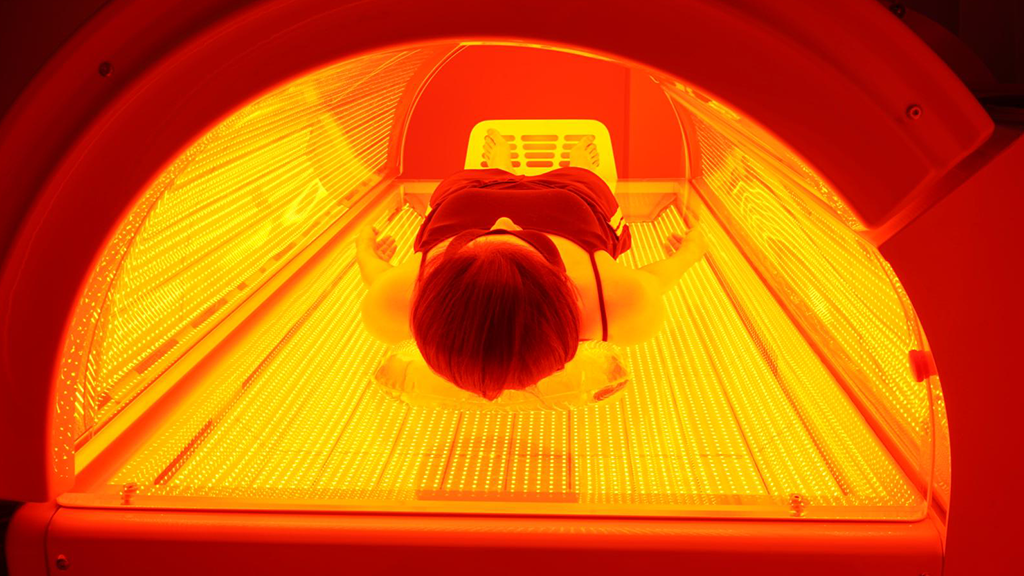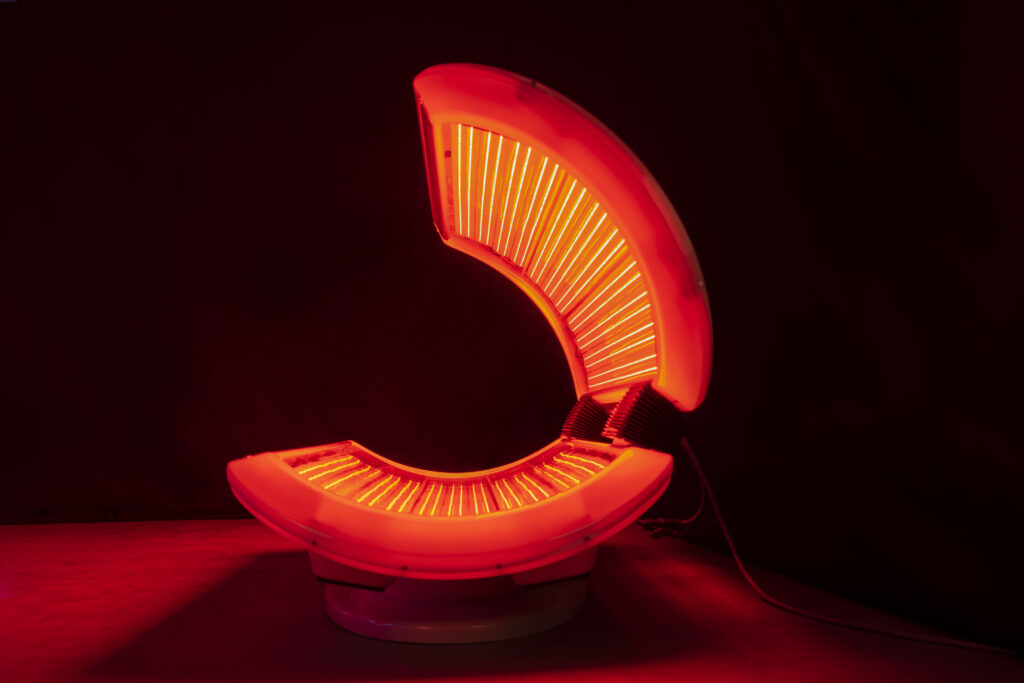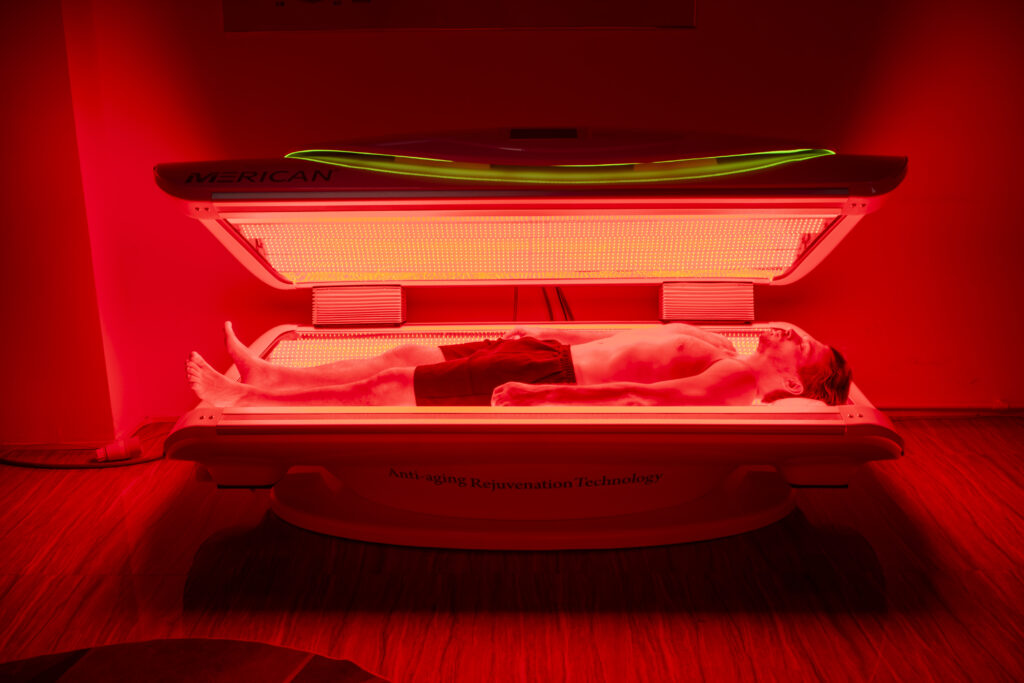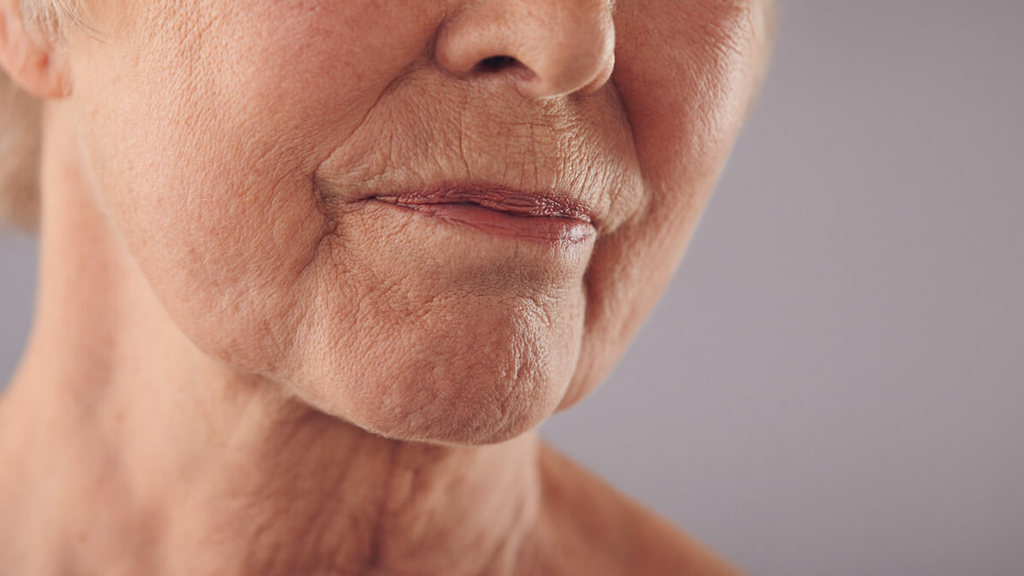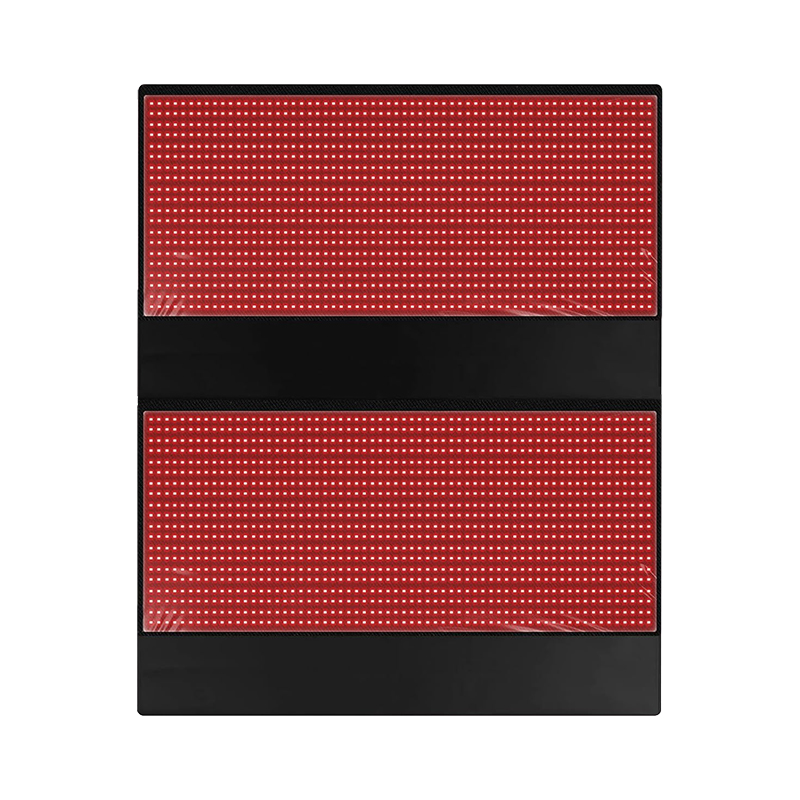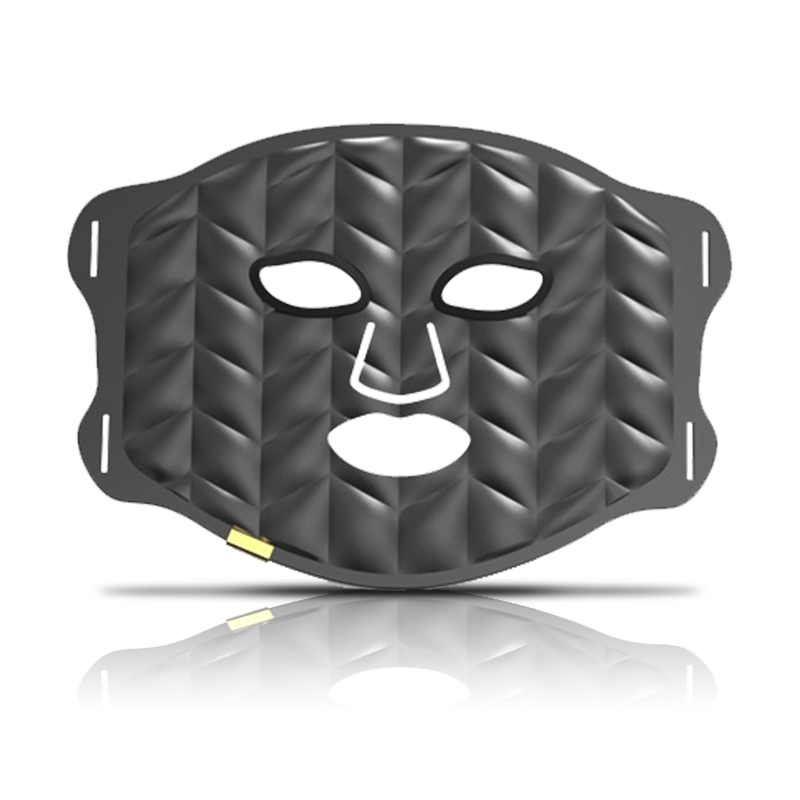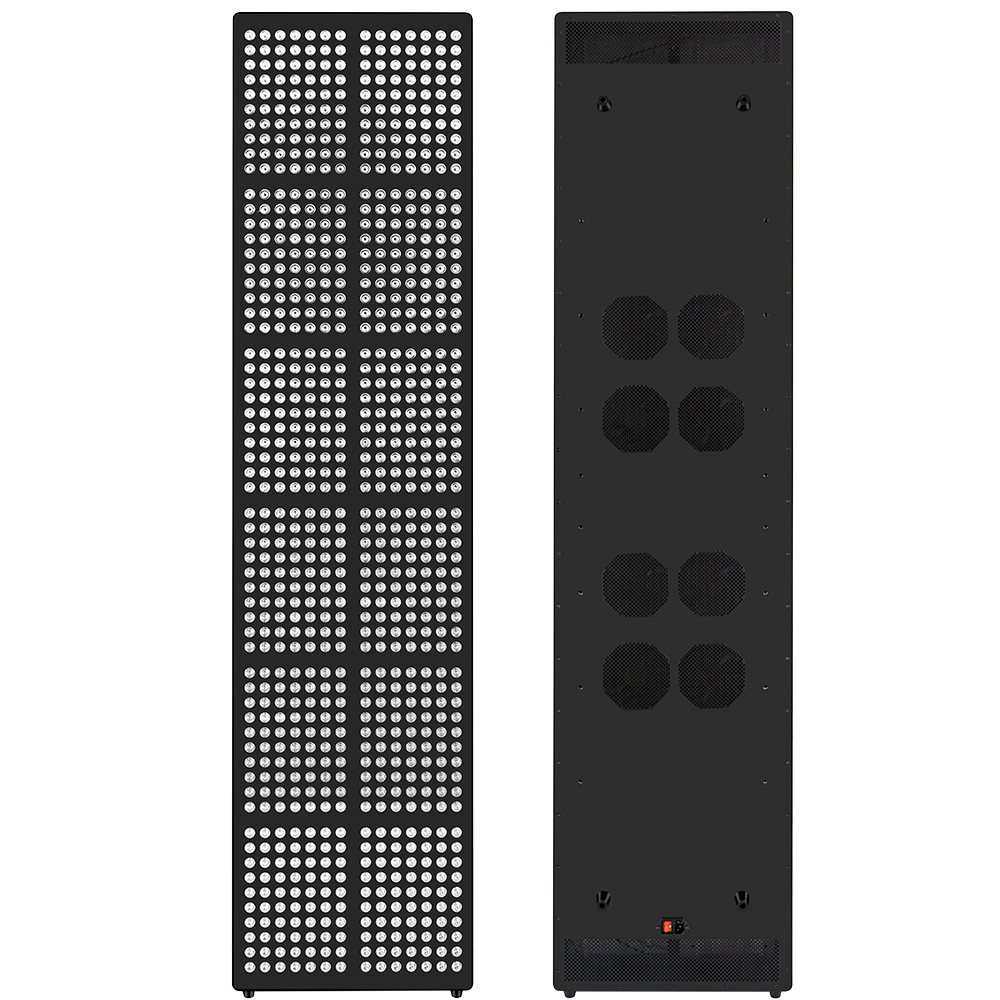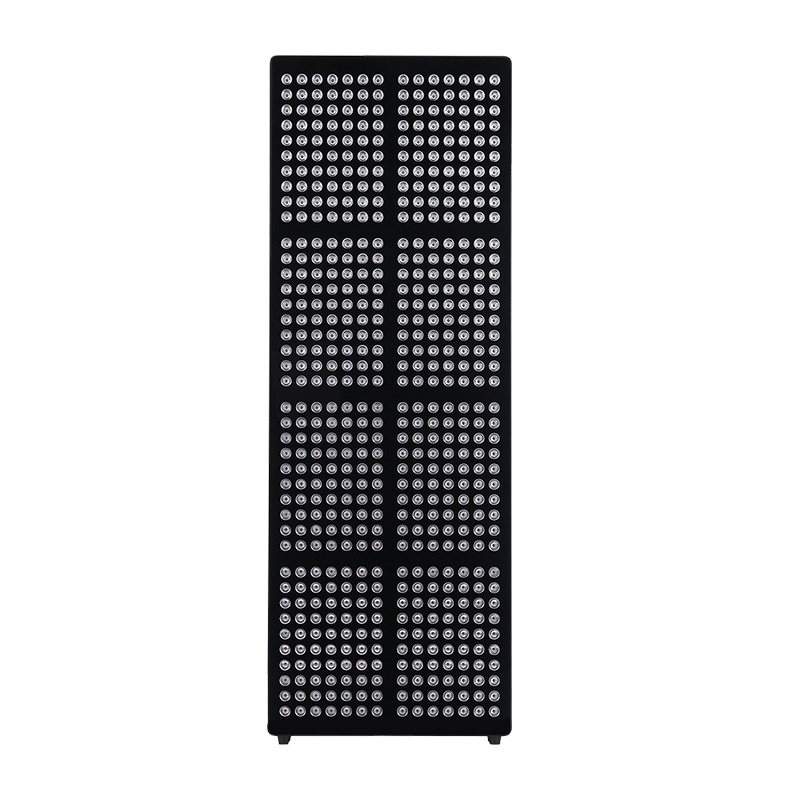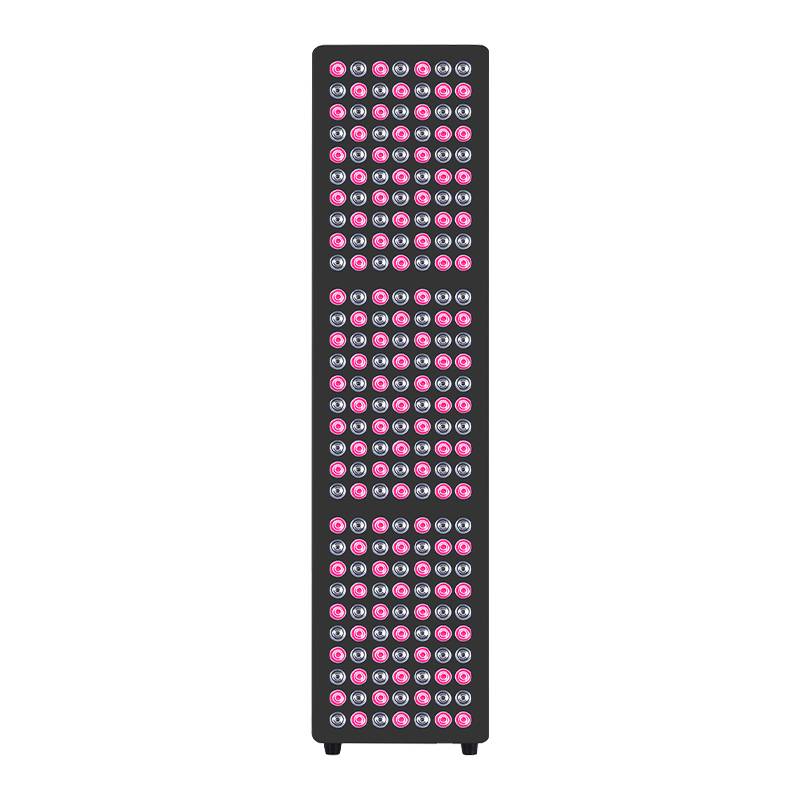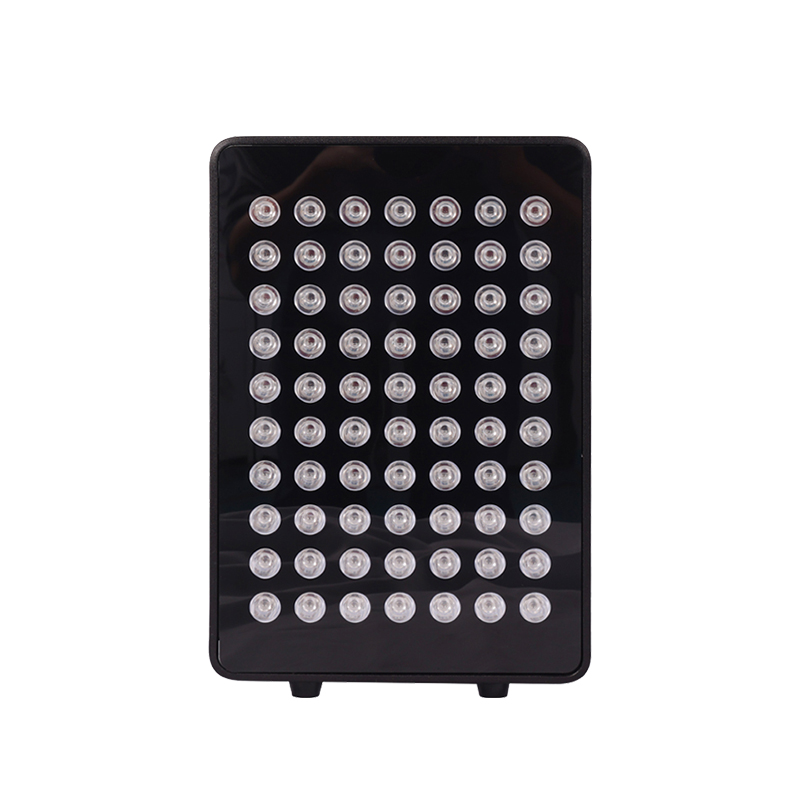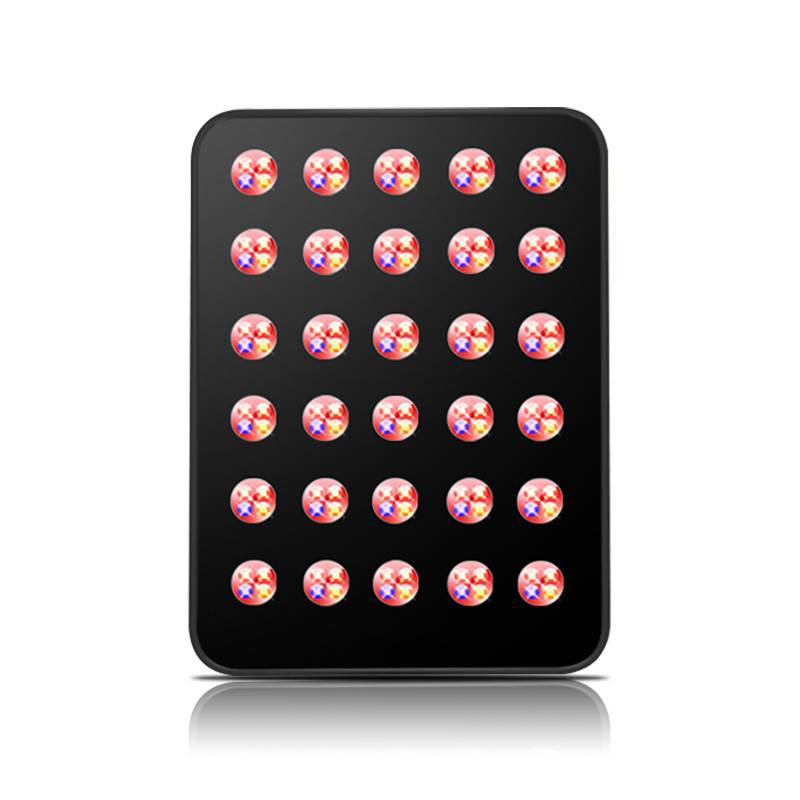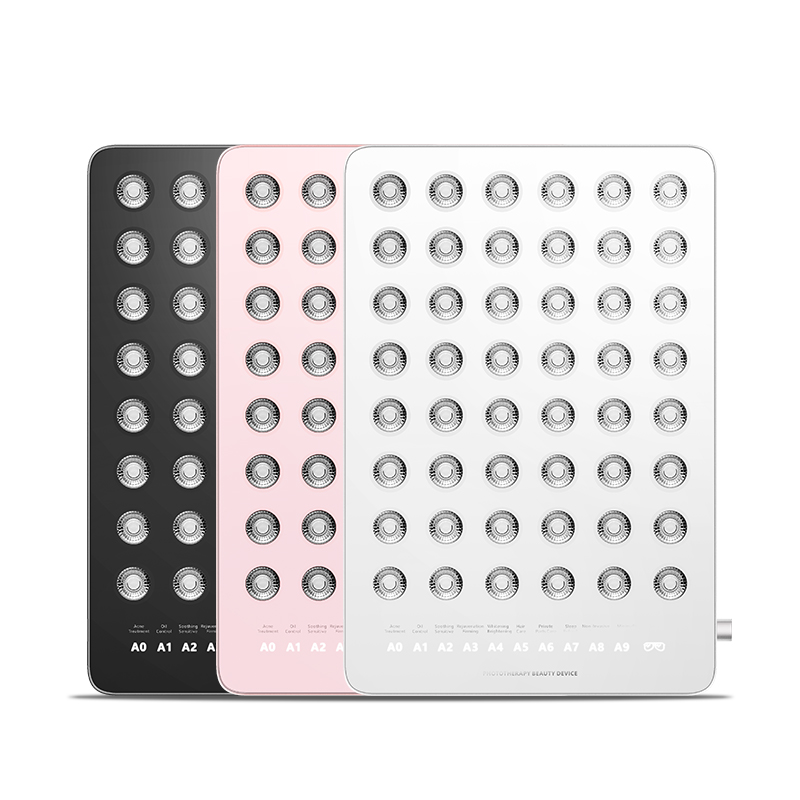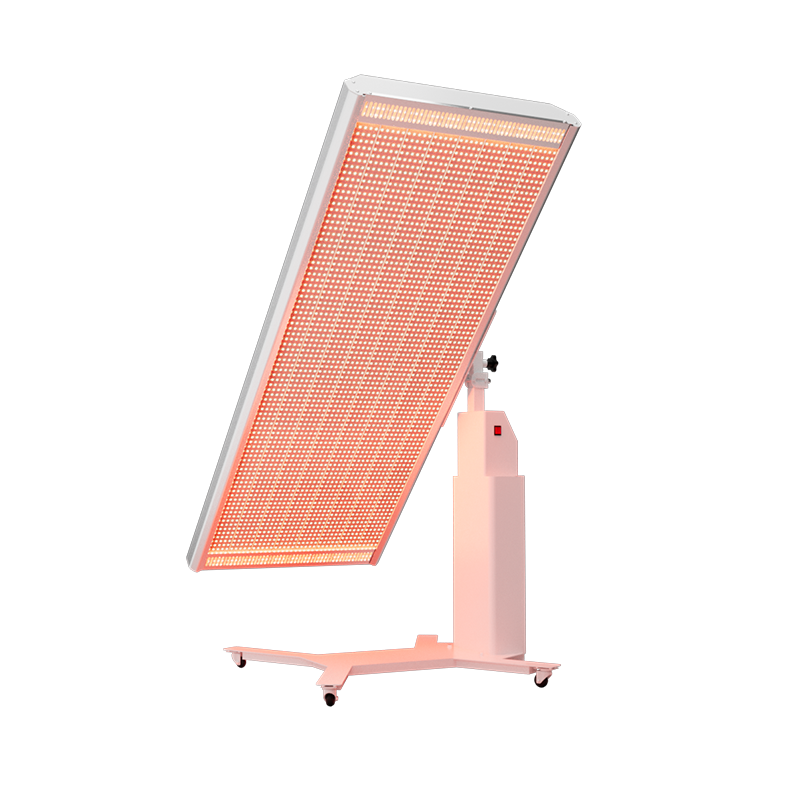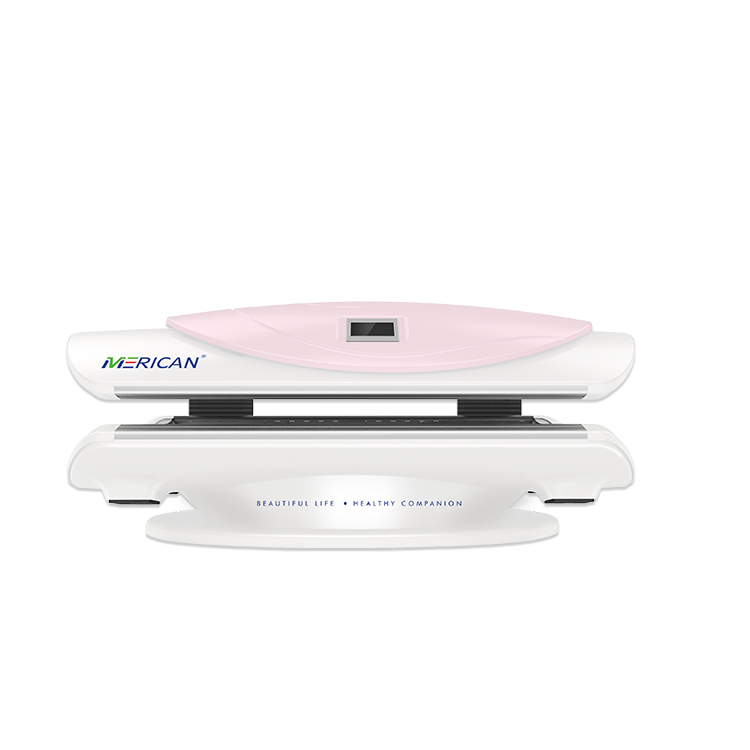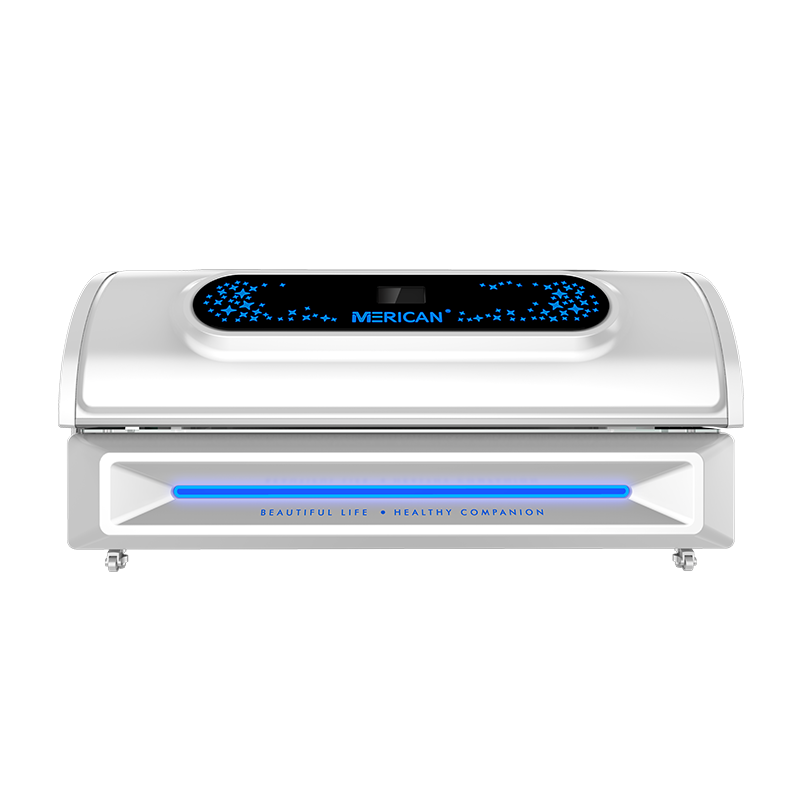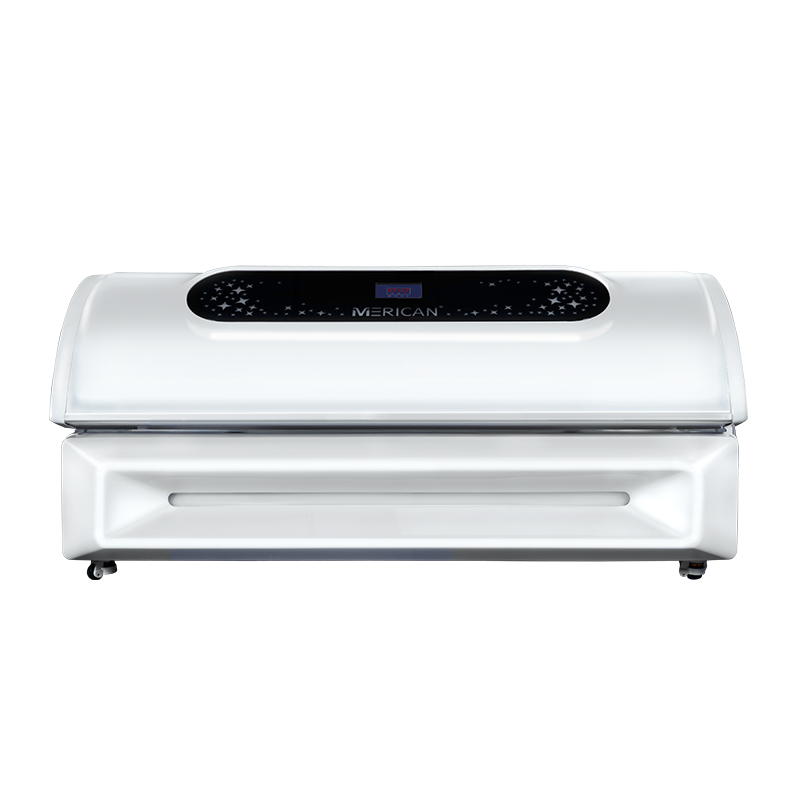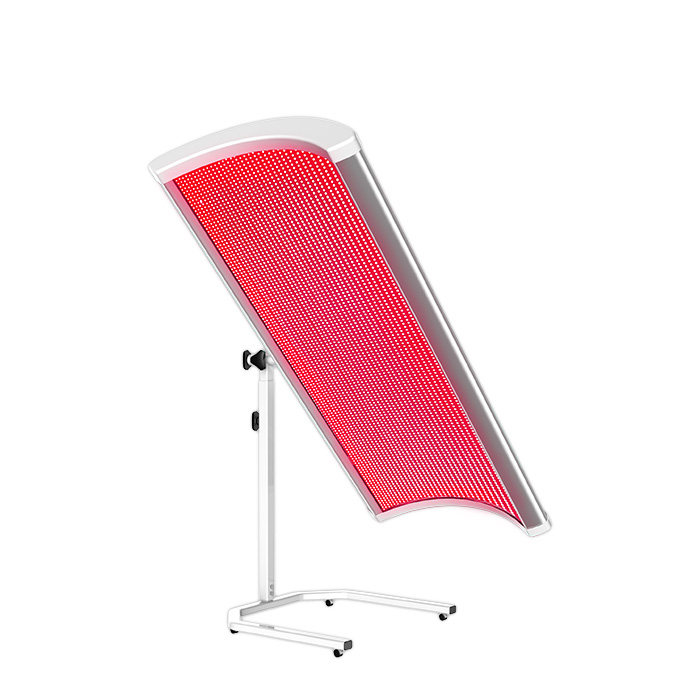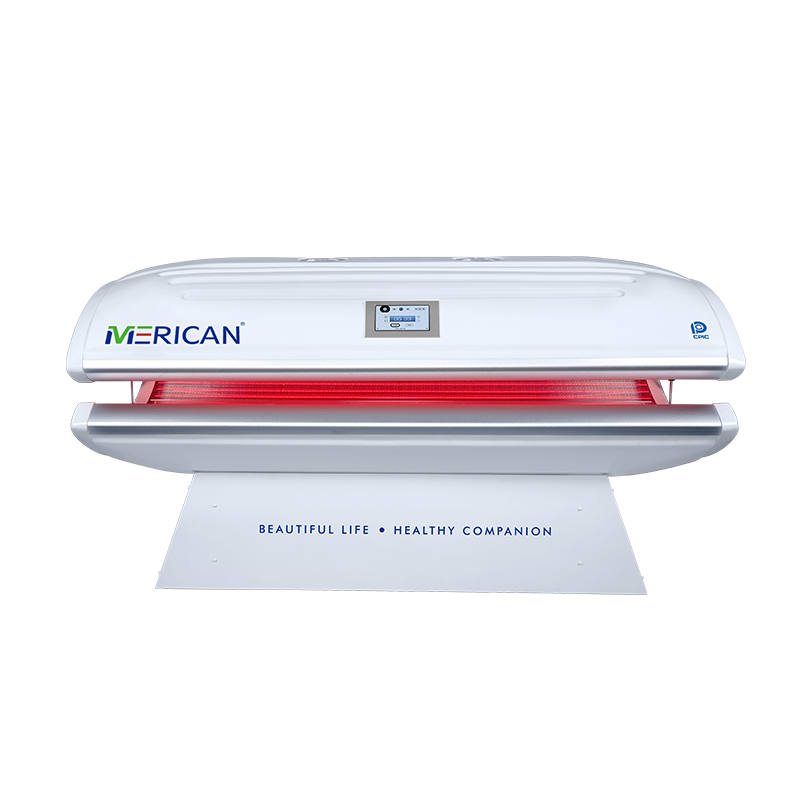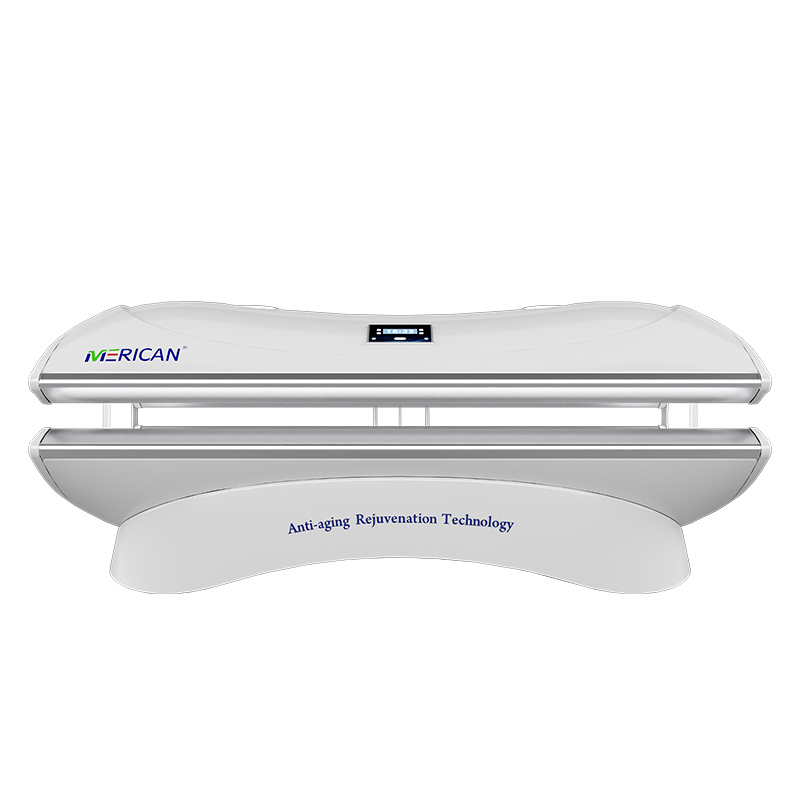Você pode se perguntar se a terapia com luz vermelha pode ajudá -lo a dormir melhor. Pesquisas recentes mostram que a terapia da luz pode aumentar a melatonina, um hormônio que ajuda você a adormecer. Muitas pessoas procuram maneiras não-drogadas de melhorar o sono. Terapia com luz vermelha e melatonina atraem a atenção de cientistas e pessoas como você.
Terapia com luz vermelha e melatonina

Como funciona
Você pode perguntar como a terapia com luz vermelha e a melatonina estão ligadas. A terapia da luz vermelha usa certas ondas de luz vermelha para afetar seu corpo. Sua pele e células tomam o sinal vermelho quando você a usa. Isso é chamado de fotobiomodulação. A fotobiomodulação ajuda suas células a fazer seus trabalhos melhor. Alguns especialistas acham que a fotobiomodulação pode alcançar seu cérebro e ajudar no seu ciclo de sono.
A fotobiomodulação não é como a luz azul ou branca. A luz azul pode impedir seu corpo de fazer o hormônio do sono melatonina. Terapia com luz vermelha e melatonina funcionam de maneira diferente. A luz vermelha não impede a melatonina de ser feita. Pode ajudar seu corpo a fazer mais melatonina à noite. Você pode experimentar a terapia da luz vermelha à noite para Ajude seu padrão de sono.
Dica: Use terapia com luz vermelha para 10-20 minutos antes de dormir. Isso pode ajudar seu corpo a relaxar e se preparar para dormir.
Evidência científica
Destaques do estudo
Você pode perguntar se há provas para terapia com luz vermelha e melatonina. Muitos estudos verificaram como a terapia da luz vermelha muda o hormônio do sono do seu corpo. Cientistas estudaram grupos como atletas, Adultos mais velhos, e pessoas saudáveis.
Atletas:
Alguns estudos mostram que os atletas dormem melhor com a terapia de luz vermelha. Um estudo descobriu que os jogadores de basquete usaram terapia com luz vermelha por duas semanas. Eles tinham mais melatonina à noite. Eles adormeceram mais rápido e se sentiram mais descansados pela manhã.Adultos mais velhos:
À medida que as pessoas envelhecem, Eles fazem menos melatonina. Estudos dizem que a terapia com luz vermelha pode ajudar os idosos a dormir melhor. Em um teste, Os adultos mais velhos usavam terapia com luz vermelha todas as noites por um mês. Eles dormiram mais e acordaram menos durante a noite.Indivíduos saudáveis:
Pessoas saudáveis também recebem ajuda da terapia com luz vermelha e melatonina. Em um novo teste, Adultos saudáveis usavam luz vermelha antes de dormir. Eles tiveram um aumento pequeno, mas claro, na melatonina. Eles disseram que seu sono era melhor do que as pessoas que não usaram terapia de luz.
Observação: Esses estudos mostram uma ligação entre a terapia da luz vermelha e a melatonina. Os resultados podem ser diferentes para cada pessoa.
Você pode olhar para os principais resultados da tabela abaixo:
Limitações de pesquisa
Você deve saber que a prova para terapia com luz vermelha e melatonina ainda está crescendo. Muitos estudos usam pequenos grupos, Portanto, os resultados podem não se encaixar em todos. Alguns estudos não procuram outras coisas como estresse ou comida, que pode mudar de sono.
Nem todos os estudos concordam sobre a quantidade de terapia com luz vermelha ajuda. Alguns mostram grandes mudanças, Mas outros mostram apenas pequenos efeitos.
A maioria dos estudos dura apenas algumas semanas. Você pode precisar de testes mais longos para ver se os bons efeitos ficam.
A terapia da luz funciona melhor quando usada na hora certa. Se você usar a terapia da luz vermelha muito tarde ou muito cedo, Você pode não obter os mesmos resultados.
Dica: Sempre procure prova de fontes confiáveis. Pergunte ao seu médico antes de iniciar qualquer nova rotina de terapia de luz.
Você pode usar a terapia da luz vermelha como parte da sua rotina noturna. Mas lembre -se, A pesquisa ainda está acontecendo. Os cientistas continuam estudando como a terapia com luz vermelha e a melatonina trabalham juntas para ajudá -lo a dormir melhor.
Luz vermelha e sono
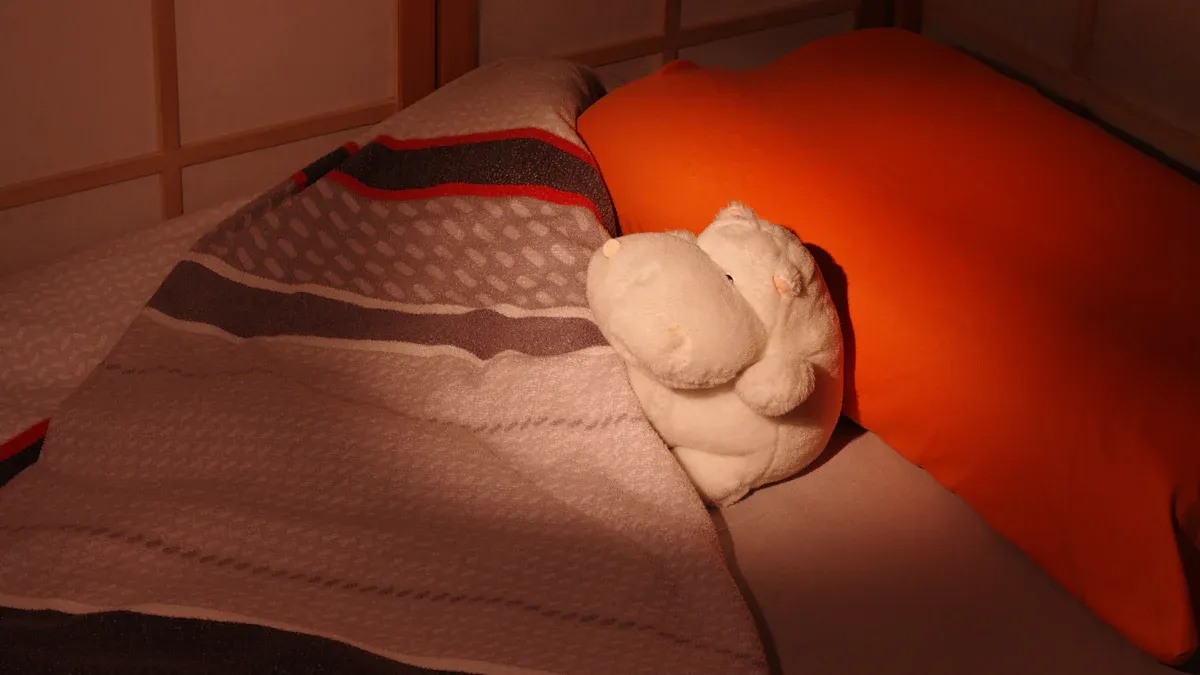
Efeitos na qualidade do sono
Você pode ter dificuldades com insônia ou outros problemas de sono. Muitas pessoas procuram maneiras de melhorar a qualidade do sono. A luz vermelha e o sono têm uma conexão forte. Quando você usa luz vermelha à noite, você ajuda seu corpo a seguir seu ritmo circadiano natural. Este ritmo diz a você quando sentir sono e quando acordar. Se o seu ritmo circadiano sair da pista, Você pode notar mais problemas de sono ou até um distúrbio do sono ritmo circadiano.
O efeito da terapia da luz vermelha pode ajudá -lo a redefinir seu ritmo circadiano. Você pode achar mais fácil adormecer e ficar dormindo. Pessoas com insônia costumam ver mudanças depois de usar a luz vermelha à noite. Você pode tentar este método se quiser melhorar sua qualidade do sono e reduzir os problemas do sono.
Se você tem insônia ou um distúrbio do sono ritmo circadiano, Tente usar a luz vermelha à noite por algumas semanas. Rastreie seu sono para ver se você percebe mudanças.
Humor e ritmo circadiano
Seu humor geralmente se vincula ao seu ritmo circadiano. Quando seu ritmo circadiano funciona bem, Você se sente mais alerta durante o dia e com sono à noite. As rotinas de luz vermelha e sono podem ajudá -lo a manter seu ritmo estável. Se você tem um distúrbio do sono ritmo circadiano, Você pode se sentir cansado, triste, ou estressado.
A luz vermelha à noite apóia seu ritmo circadiano por não bloquear os sinais naturais do seu corpo. Você pode notar menos problemas de sono e melhor humor. Pessoas com insônia geralmente relatam sentir -se menos ansiosas quando seus ritmos circadianos melhoram. Manter um ritmo regular ajuda sua mente e corpo a funcionar melhor.
Dica: Mantenha uma hora de dormir regular e use luz vermelha à noite para apoiar seu ritmo e humor circadianos.
Vermelho vs.. Luz azul
Supressão de melatonina
Você pode se perguntar por que luz azul torna mais difícil dormir. A luz azul de telas ou lâmpadas brilhantes pode impedir seu corpo de fazer melatonina. Quando você vê luz azul à noite, Seu cérebro pensa que ainda é diurno. Isso confunde seu ritmo circadiano. Seu corpo atrasa a melatonina, Então você fica acordado por mais tempo.
Luz vermelha à noite funciona de maneira diferente. Não bloqueia a melatonina. Você ajuda seu corpo a manter um ritmo circadiano saudável quando usa a luz vermelha à noite. Seu cérebro recebe o sinal de que é hora de descansar. Você adormece mais facilmente e acorda se sentindo melhor.
Dica: Desligue as luzes azuis e use luz vermelha à noite para apoiar seu ritmo natural do sono.
Escolhas de luz noturna
Você faz muitas escolhas sobre luz em sua casa. Se você quer dormir melhor, Escolha a luz vermelha à noite. Isso ajuda seu ritmo circadiano a permanecer no caminho certo. Você evita os problemas que a luz azul causa.
Aqui está um guia simples:
Tipo de luz | Efeito é uma melaton | Melhor hora de usar |
|---|---|---|
Luz azul | Suprime | Dia |
Luz Vermelha | Suportes | Noite/noite |
Use luz vermelha à noite no seu quarto ou sala de estar.
Evite telas ou luzes azuis brilhantes antes de dormir.
Mantenha um ritmo constante usando a mesma rotina de luz a cada noite.
Lembrar: Seu ritmo circadiano controla seu sono e humor. Faça escolhas de luz inteligente para ajudar seu corpo a descansar.
Uso prático
Dicas de segurança
Você quer usar terapia de luz com segurança em casa. Comece lendo as instruções para o seu dispositivo. Coloque o dispositivo a uma distância segura da sua pele. A maioria das pessoas usa terapia de luz para 10 para 20 minutos antes de dormir. Não olhe diretamente para a luz. Proteja seus olhos se o seu dispositivo estiver muito brilhante.
Se você tem uma pele sensível ou uma condição de saúde, Fale com seu médico primeiro. Algumas pessoas podem notar vermelhidão ou secura após a terapia de luz. Pare de usar o dispositivo se sentir desconforto. Mantenha seu dispositivo limpo e guarde -o em um local seco.
Dica: Defina um cronômetro para que você não use terapia de luz por muito tempo.
Quem se beneficia
Você pode se beneficiar da terapia da luz se tiver problemas de sono. Pessoas com problemas para adormecer ou acordar à noite costumam ver os resultados. Atletas, Adultos mais velhos, E os alunos com horários ocupados usam terapia de luz para apoiar melhor descanso. Se você trabalha tarde ou usa telas à noite, Você também pode notar menos problemas de sono.
Tente adicionar terapia leve à sua rotina noturna. Use -o ao mesmo tempo todas as noites para ajudar seu corpo a relaxar e se preparar para dormir.
Você viu que a terapia da luz vermelha pode aumentar a melatonina e melhorar o sono. A pesquisa parece promissora, Mas mais estudos são necessários. Experimente a terapia da luz vermelha com segurança em casa. Sempre fale com seu médico primeiro.
Mantenha -se informado à medida que novas pesquisas sobre o sono e a terapia da luz continuam a crescer.
Perguntas frequentes
Você pode usar terapia com luz vermelha todas as noites?
Você pode usar terapia com luz vermelha todas as noites. A maioria das pessoas encontra isso seguro para uso regular. Comece com sessões curtas e observe qualquer mudança de pele.
A terapia da luz vermelha se sente quente ou desconfortável?
Você não sentirá calor da maioria dos dispositivos de terapia com luz vermelha. A luz parece gentil em sua pele. Se você sentir desconforto, pare e Verifique seu dispositivo.
Crianças ou adolescentes podem tentar terapia com luz vermelha?
Sempre fale com seu médico antes de crianças ou adolescentes usarem terapia com luz vermelha.

